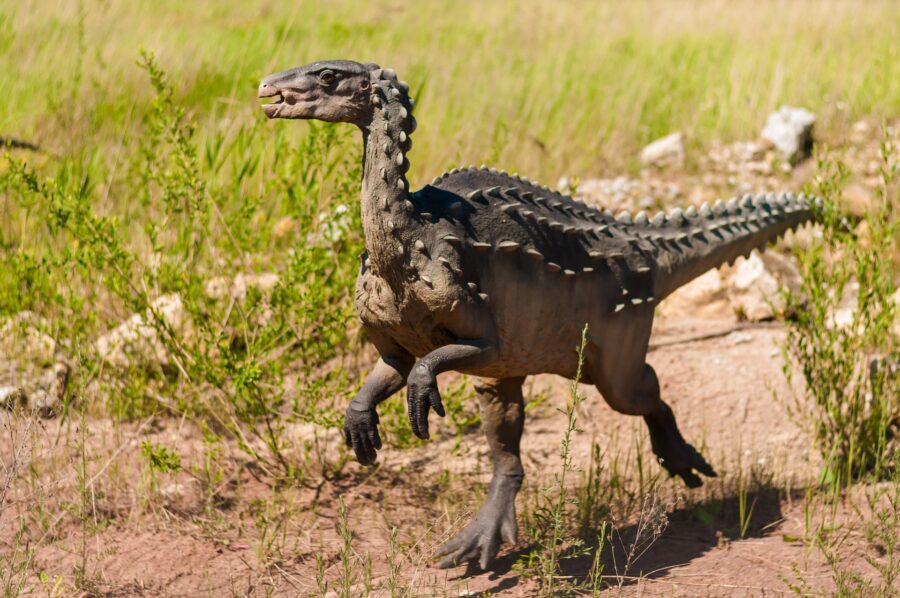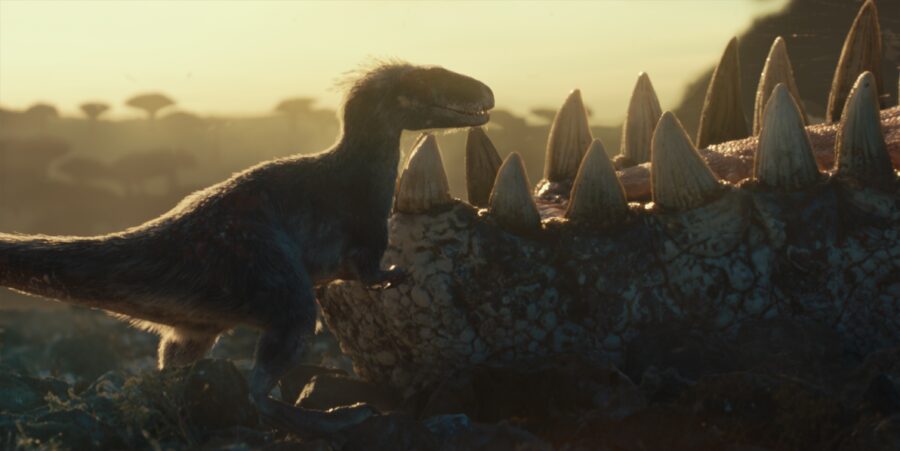Scientists Discover A Remarkable New Dinosaur Species
Paleontologists discovered a new species, the Transylvanosaurus, in Romania, with unique features that explain how life developed and thrived in what was an ancient archipelago.
This article is more than 2 years old

Due to an odd quirk in the Earth’s landmass during the Cretaceous Period (roughly 70 million years), Romania was a tropical archipelago filled with small islands, and even smaller animals. CNN reports that for the first time since 2010, a new dinosaur species has been discovered in the Hateg Basin, called Transylvanosaurus, there’s a few unique features that stand out from the unearthed fossil. Amazingly, the fossil was so well-preserved underneath an ancient riverbed that paleontologists are able to see brain contours in the rock.
The oddly flat shovel-like head shape of the fossil is the only evidence of Transylvanosaurus, but the detail allows the researchers to extrapolate further information about the new species, including its overall size. Every fossil discovered in Western Romania to date has been smaller than dinosaurs found in different regions, even species that lived around the world grew to only a fraction of their overall size on the Romanian islands. A similar species found in France has caused researchers to assume that Transylvanosaurus originated in that region, making it to Romania by either swimming with a powerful, thick tail as a rudder or walking across land bridges.
To provide some context on the size difference among dinosaur species found in the Hateg Basin, sauropods, the largest family of dinosaurs that includes the brontosaurus and apatosaurus, were only 20 feet tall in the European Archipelago. That still sounds pretty massive, but on average, that family of dinosaurs grew to 60 feet in other territories.
Transylvanosaurus was small, with every fossil found to date measuring a maximum length of five inches, but the plant-eater was bipedal with thick legs, matching the body type of other known plant-eaters during the same time period. Thanks to the finely defined brain contours found within the skull fossil, scientists can analyze the size and shape of different brain regions to figure out which sense was emphasized by the small dinosaur. This information can help determine the behavior of the species, as heavy vision as a defense mechanism differs greatly from relying on sound or smell.

The discovery helps provide more context to the often misunderstood Late Cretaceous Period, while continuing to further the theory that the European Archipelago resulted in smaller flora and fauna due to a lack of resources on the islands. In one of those odd quirks with understanding how time works, dinosaurs were not alone in the European Archipelago, crocodiles and turtles had already started to develop in the area while the Transylvanosaurus was alive. Like the rest of the fauna in the region, the early reptiles were also significantly smaller than those found in other areas.
The Hateg Basin, which developed over millions of years out of the remnants of the European Archipelago, has provided over 10 species of dinosaurs since excavations began in 1900. Transylvanosaurus’ preserved skull fossil gives a rare insight into brain function of a small herbivore species, which is only possible thanks to the protection provided by the riverbed keeping scavengers away from the corpse as it fossilized. While we may never have a complete picture of what life was like during the reign of the dinosaurs, every fossil adds another piece to a very complicated puzzle, and also, we can all agree that Transylvanosaurus is an amazing name.












